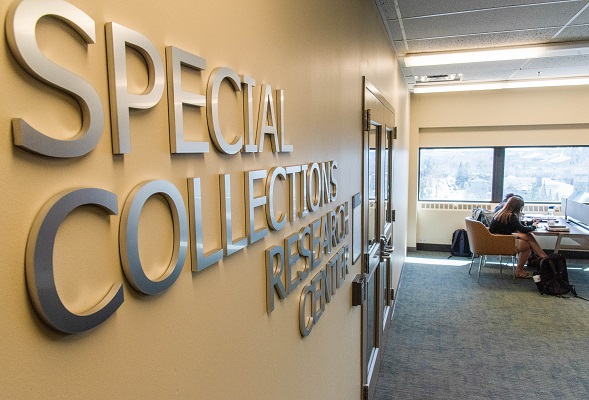Louie Crew Papers, 1936-2015 (majority within 1974-2006)
43 Linear Feet — 42 record boxes, 1 flat audio cassette box
Louie Crew Papers has been divided into 6 series:
Series 1: Correspondence, 1947-2006: divided into outgoing and incoming correspondence, arranged by correspondent or by date. Incoming correspondence from 1962 to 1985 is arranged by correspondent and then date, while correspondence from 1986 to 2005 is arranged by date. Incoming correspondence aquired in later accretions is arranged by date.
Series 2: Publications and Writings, 1958-2015: includes articles, prose, poems and poetry volumes, sermons, manuscripts, essays, dissertations, and materials written and/or edited by Crew. Materials are arranged by publication type and then by date.
Series 3: Professional Materials, 1959-2015: documents related to Crew's career as an English professor, gay activism outside of the church, and his involvement in various organizations and conferences. The series is divided into 3 subseries: (1) Teaching Materials, (2) Organizations, Conferences, and Research, and (3) News Clippings and Secondary Materials. All are arranged by date.
Materials include Crew's involvement with the Gay Academic Union, National Council of Teachers of English Gay Caucus, National Gay Task Force, Gay People's Union, University of Wisconsin-Stevens Point, and Black and White Men Together, as well as Crew's development of open-source software programs for writing. Materials of particular significance include Crew's "Gay Bibliography,"which is a collection of pamphlets, brochures, articles, and other research on a variety of gay organizations and subjects.
Series 4: Episcopal Church and Integrity Records, 1974-2006: documents related to Crew's involvement in the Episcopal Church, including his service on the Executive Council, House of Bishops, Council for the Diocese of Newark, and General Conventions. Also included are materials related to Episcopal conferences, talks, and mission trips. Integrity Records documents Crew's founding of Integrity, a non-profit Episcopal Forum for gay rights, and includes board reports and correspondence, bylaws, and the Integrity newsletter. Also included are news articles, reports, newsletters, correspondence, and other materials sent to Crew from presidents and board members.
Series 5: Personal Materials, 1936-2014: contains diaries and appointment books, baby and wedding scrapbooks, artwork, awards and honorary degrees, family genealogy materials, and legal documents. Also included are graphs showing statistics Crew collected on himself related to manuscript publications and rejections, correspondence sent, time spent asleep, computer activity, and other personal data.
Significant materials include Crew's lawsuits regarding housing discrimination, a sexual discrimination suit against American University, and a same sex domestic partner health benefits case against Rutgers University.
Series 6: Photographs and Audiovisual Materials, 1937-2011. Photographs contain headshots and candid photos of Louie Crew and his husband, Ernest Clay. Also included are Crew's theater photos and candid shots of friends and family. Audiovisual Materials contain audiocassettes, floppy disks, VHS, and CDs of interviews, poetry readings, sermons and talks, published poems, and pdfs of Crew's websites and YouTube videos.
